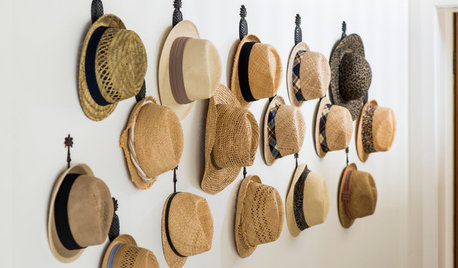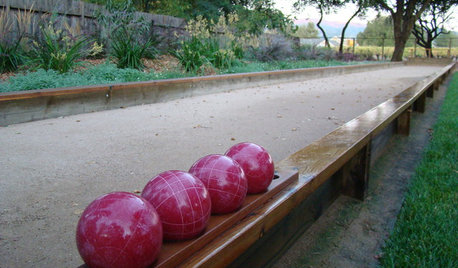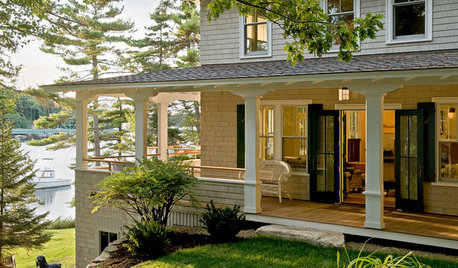Getting Old Trees in Shape + Adding New Ones
Hammilton
11 years ago
Related Stories

DECORATING GUIDESUse It or Lose It: How to Get Rid of Old Keys
Clean out your junk drawer by getting rid of keys in an earth-friendly way
Full Story
DECORATING GUIDESLose It: 4 Ways to Get Rid of Your Old Carpet
Try one of these earth-friendly tips before stuffing your dingy carpet or rug in the trash
Full Story
STORAGEHat Storage: Don’t Get Bent Out of Shape
From boxes to hooks, we look at ways to keep your lid on straight in time for summer hat season
Full Story
HOUSEKEEPINGGet It Done: Whip That Junk Drawer Into Shape
If the jumbled mess in your catch-all drawer inspires only dread, this quick organizing project is just the sort you need
Full Story
FARM YOUR YARDIf You Have Room for Only One Fruit Tree ...
Juice up a small garden with one of these easier-care or worth-the-effort fruit trees for a mild climate
Full Story
GREAT HOME PROJECTSWhat to Know About Adding a Backyard Bocce Ball Court
A regulation court in a relaxed setting helps you get the most from the Italian pastime. Here's what it takes to build one at home
Full Story
GREAT HOME PROJECTSWhat to Know About Adding a Reclaimed-Wood Wall
Here’s advice on where to put it, how to find and select wood, what it might cost and how to get it done
Full Story
EDIBLE GARDENSWhy Grow Quince? For Beauty, Fragrance and Old-Time Flavor
Delightfully perfumed fruit and lovely spring blossoms make this apple and pear cousin worth a spot in the garden
Full Story
KITCHEN DESIGNKitchen of the Week: Grandma's Kitchen Gets a Modern Twist
Colorful, modern styling replaces old linoleum and an inefficient layout in this architect's inherited house in Washington, D.C.
Full Story
GARDENING AND LANDSCAPING7 Ideas to Get You Back on the Front Porch
Remember the good old days, when porches offered front-row seats to street scenes? They can be even better today
Full Story






dmtaylor
fruitmaven_wiz5
Related Professionals
Norfolk Landscape Architects & Landscape Designers · New Bedford Landscape Architects & Landscape Designers · Bridgetown Landscape Architects & Landscape Designers · Havre de Grace Landscape Architects & Landscape Designers · Redondo Beach Landscape Architects & Landscape Designers · Signal Hill Landscape Architects & Landscape Designers · McKinney Landscape Contractors · Maple Valley Landscape Contractors · Arlington Landscape Contractors · Berkley Landscape Contractors · Coram Landscape Contractors · Firestone Landscape Contractors · Vashon Landscape Contractors · Woodland Landscape Contractors · 07920 Landscape Contractorsfruitmaven_wiz5
fruitmaven_wiz5
fruitmaven_wiz5